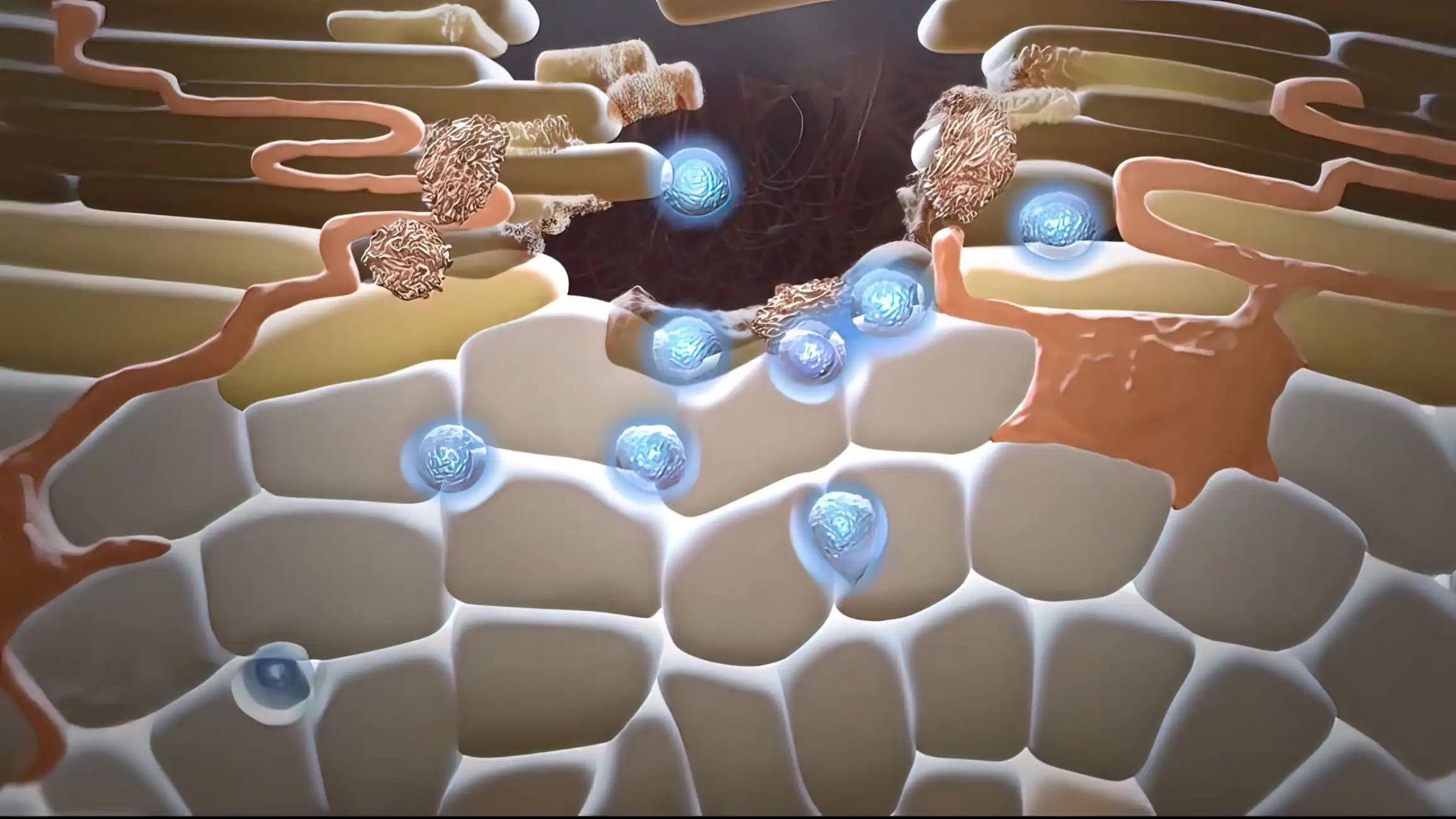KEY TAKEAWAYS
- In a phase 2 PD-L1 clinical trial (NCT02685059), adding durvalumab to neoadjuvant chemotherapy for TNBC resulted in a non-significant increase in the rate of pCR.
- Despite the modest increase in pCR, the administration of durvalumab was associated with a significant improvement in 3-year iDFS, DDFS, and OS.
- Patients who underwent pCR had a higher 3-year iDFS when treated with durvalumab than those who did not.
- In the cohort of patients who did not achieve pCR, adding durvalumab did not significantly improve 3-year iDFS.
- The effect of durvalumab was independent of the pCR effect, according to the results of the multivariable analysis.
- There were no reports of new safety concerns or adverse events associated with using durvalumab in neoadjuvant chemotherapy for triple-negative breast cancer.
In the context of early breast cancer, the incorporation of immune checkpoint inhibitors into neoadjuvant chemotherapy shows promise as a therapeutic approach. However, the ideal duration of this treatment remains uncertain. In the GeparNuevo (NCT02685059) clinical trial, the incorporation of durvalumab into neoadjuvant chemotherapy (NACT) resulted in a modest rise in the rate of pathological complete response (pCR), as previously documented, with an absolute increase of 9% (P = 0.287). Durvalumab at a dosage of 1.5 g or placebo was administered every 4 weeks in conjunction with nab-paclitaxel at a dosage of 125 mg/m2 every week for 12 weeks to patients diagnosed with cT1b-cT4a-d triple-negative breast cancer (TNBC). This was followed by administering durvalumab/placebo every 4 weeks in combination with epirubicin/cyclophosphamide every 2 weeks, culminating in surgery. The administration of Durvalumab was discontinued after the surgical intervention. The study’s primary objective was achieving pathological complete response (pCR). The secondary endpoints comprised invasive disease-free survival (iDFS), distant disease-free survival (DDFS), and overall survival (OS). A cohort of 174 individuals was randomized between June 2016 and October 2017.
Following a median follow-up duration of 43.7 months, 34 incidents took place. Despite a non-significant increase in the pCR rate, significant differences were observed for 3-year iDFS, DDFS, and OS: iDFS was 85.6% with durvalumab versus 77.2% with placebo [hazard ratio (HR) 0.48, 95% confidence interval (CI) 0.24-0.97, stratified log-rank P = 0.036]; DDFS 91.7% versus 78.4% (HR 0.31, 95% CI 0.13-0.74, P = 0.005); OS 95.2% versus 83.5% (HR 0.24, 95% CI 0.08-0.72, P = 0.006). Patients who underwent pCR exhibited a 3-year incidence of disease-free survival (iDFS) of 95.5% when treated with durvalumab, compared to 86.1% without the treatment (HR 0.22, 95% CI 0.05-1.06). In the cohort of patients who did not achieve complete pathological response (pCR), the 3-year invasive disease-free survival (iDFS) rate was 76.3%, compared to 69.7% in the other group. The hazard ratio (HR) was 0.67, with a 95% confidence interval (CI) of 0.29-1.54. The results of the multivariable analysis have confirmed that the effect of durvalumab is independent of the pCR effect. There were no reports of any new adverse events or safety concerns. Including Durvalumab in Neoadjuvant Chemotherapy (NACT) for Triple-Negative Breast Cancer (TNBC) has significantly improved survival rates, despite a modest increase in pCR and the absence of an adjuvant component of Durvalumab. Further investigations are required to elucidate the most favorable timeframe and order of checkpoint inhibitors in managing early triple-negative breast cancer.
Source:https://pubmed.ncbi.nlm.nih.gov/35961599/
Clinical Trail:https://clinicaltrials.gov/ct2/show/NCT02685059
Loibl S, Schneeweiss A, Huober J, Braun M, Rey J, Blohmer JU, Furlanetto J, Zahm DM, Hanusch C, Thomalla J, Jackisch C, Staib P, Link T, Rhiem K, Solbach C, Fasching PA, Nekljudova V, Denkert C, Untch M; GBG and AGO-B. Neoadjuvant durvalumab improves early triple-negative breast cancer survival independent of complete pathological response. Ann Oncol. 2022 Nov;33(11):1149-1158. doi: 10.1016/j.annonc.2022.07.1940. Epub 2022 Aug 9. PMID: 35961599.



